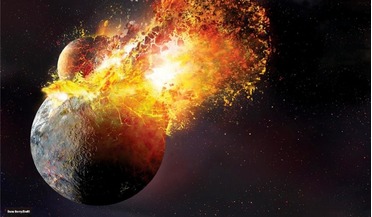 January 2021
Evolution of volatiles on the Moon
January 2021
Evolution of volatiles on the Moon
... (H2O) and hydroxyl (OH) in its permanently shadowed regions (PSRs), and as lunar scientists dig deeper to understand how it...not been there yet, but we expect regolith to be present within PSRs just as it is present at lower latitudes on the Moon. It ...
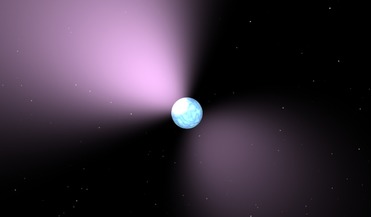 09 January 2017
X-rays from a 'missing link' neutron star could shed light on magnetar mystery
09 January 2017
X-rays from a 'missing link' neutron star could shed light on magnetar mystery
... transition state between the two, thus giving scientists the chance to see how these objects evolve. PSR J1119-6127 is a type of neutron star known as a radio pulsar – an extremely dense remnant of an exploded star that emits...
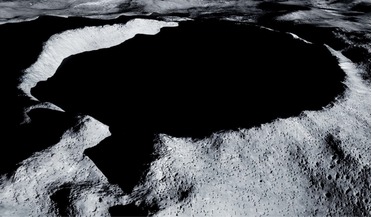 May 2020
Protecting areas of scientific importance on the Moon
May 2020
Protecting areas of scientific importance on the Moon
...first-choice sites could be Shackleton, a permanently shaded region (PSR) located close to the lunar south pole - despite receiving ... lunar far side location. Although an observatory in the PSR has a somewhat limited celestial view, it reduces any ...
 October 2018
Mining the Moon for fun and profit
October 2018
Mining the Moon for fun and profit
... efficient extraction technique, presuming it works. There is much uncertainty regarding the nature of icy regolith within the PSRs. If, as some believe, the material is loose, unconsolidated with a high volume percentage of ice-like dirty snow, the...
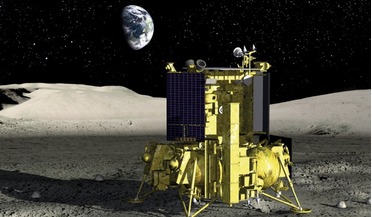 November 2019
PROSPECTing for lunar polar volatiles
November 2019
PROSPECTing for lunar polar volatiles
... unwelcoming place to hang around. Indeed, within Permanently Shadowed Regions (PSRs) temperatures may have been as low as ~30 kelvin (about ...have also provided evidence for ice at the surface of PSRs in both northern and southern polar areas. Thus we...
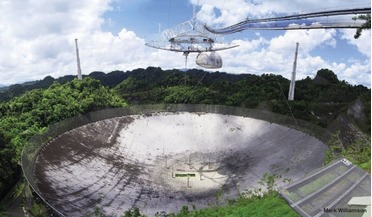 July 2021
Arecibo - an astounding legacy
July 2021
Arecibo - an astounding legacy
... is produced in Arp 220 by infrared radiation from interstellar dust heated by newborn stars. The first millisecond pulsar, PSR 1937+21, was also discovered in 1982. It has a pulse period of 1.6 milliseconds, meaning that the neutron star is rotating...